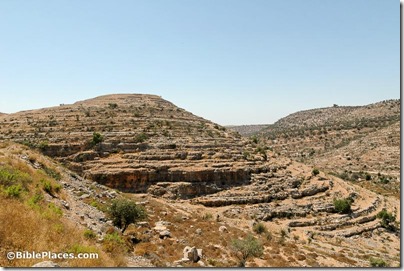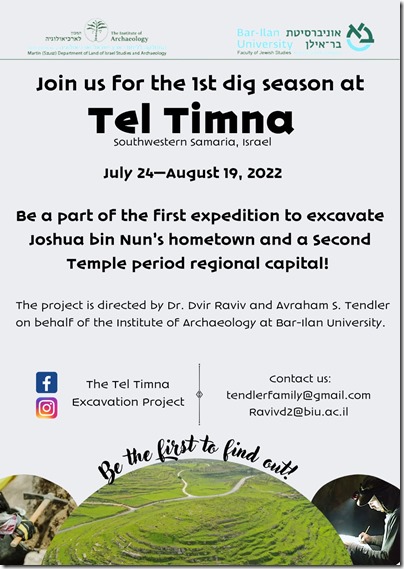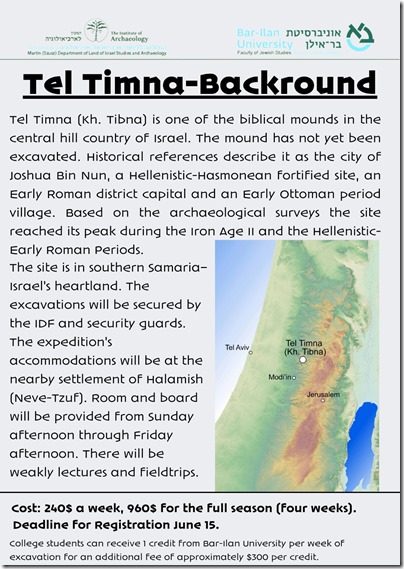This year’s excavations at the Jewish synagogue of Huqoq in Galilee uncovered the first known depictions of Deborah and Jael.
“A professor at the University of Haifa claimed on Wednesday that he had deciphered a 3,500-year-old stone tablet discovered in Jerusalem more than a decade ago, contending that the artifact’s inscription was a curse against the city’s governor at the time.” In response, Christopher Rollston doubts whether it is an inscription at all, and he notes some troubling similarities with the Mount Ebal Lead Inscription.
A brush fire cleared the overgrowth at Tel Gezer but did not cause damage to the archaeological ruins. There are more photos and video (in Hebrew) here.
Week 3 has been the most productive week of excavations at Tel Burna this season.
Was Hezekiah’s Tunnel fitted with a sluice gate to allow water to flow into the Siloam Tunnel and Round Chamber? Chandler Collins summarizes a new theory and identifies some problems with it. You can also subscribe to Chandler’s new newsletter.
Bible History Daily has begun a series on excavations in biblical lands. The first post asks volunteers and students questions about their experiences in the ongoing excavations at Tel Hadid in the Tel Aviv area.
Jason Staples believes that from the exilic period on, the term “Jews” was a subset of the larger group of “Israelites.”
The Albright Institute has issued a call for applications for fellowships for the year 2023-2024.
New release: Women and the Religion of Ancient Israel, by Susan Ackerman (Anchor Yale Bible Reference Library, 2022). Also at Amazon.
New release: Encyclopedia of Material Culture in the Biblical World: A New Biblisches Reallexikon, edited by Angelika Berlejung (Mohr Siebeck, 2022).
Zoom lecture on July 14: “Water the Willow Tree: Memoirs of a Bethlehem Boyhood,” with book author George A. Kiraz talking with Sarah Irving and Jacob Norris.
Online on October 8-9: The 25th Annual Bible and Archaeology Fest, sponsored by the Biblical Archaeology Society and featuring more than 20 speakers.
HT: Agade, Joseph Lauer, Explorator


